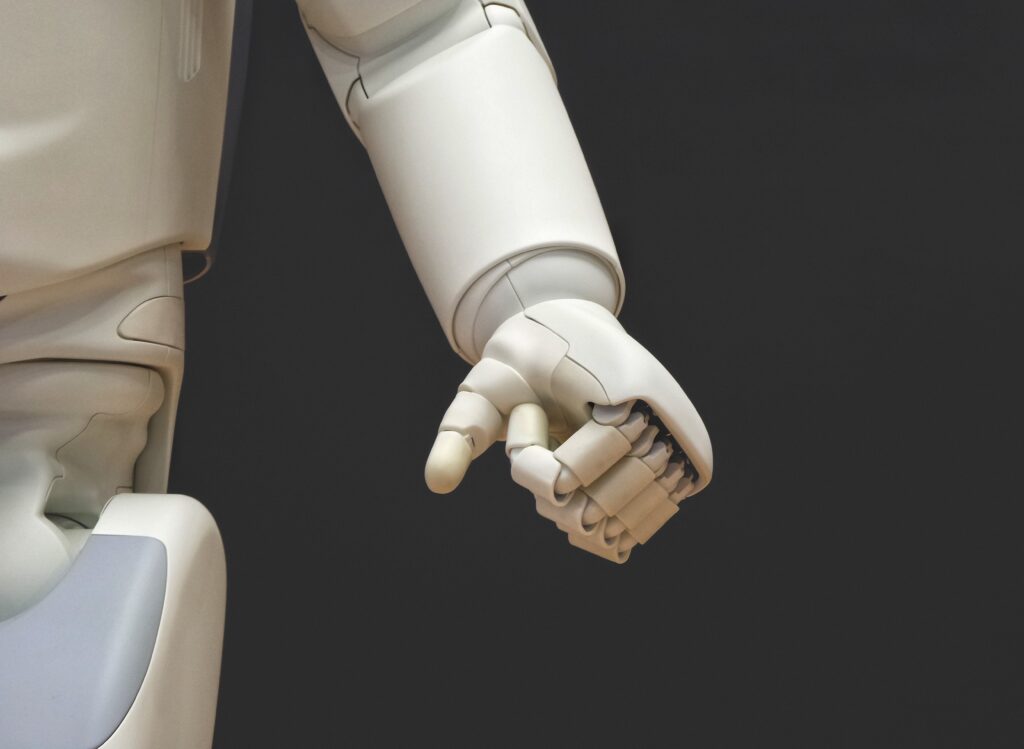There’s a lot of talk today about artificial intelligence and the impact it will have on the future. But the term gets thrown around so much that it’s falling victim to the Kleenex syndrome—the label is so overused that the meaning gets diluted and applied to things that aren’t actually AI. What actually is AI and what isn’t? Does it even really exist?
What is Artificial Intelligence?
Artificial intelligence was first defined in the 1950s as any task performed by a machine if a human would have to use intelligence to accomplish the same task. Simply put, AI acts on a situation the same way a human would. If a human would understand a conversation and give an answer, so would AI. If a human could analyze information and make future plans, so would AI.
AI is based on algorithms. It uses computing power to solve specific problems faster and often more accurately than humans can. Much of AI is based on statistics and finding trends and patterns in data.
AI can do a variety of things that a human would have to use intelligence to do, such as analyzing, planning, problem solving, learning and adapting. Pegasystems founder Alan Trefler says anything that makes a system clever is considered AI. Machine learning, which is another part of AI, takes information and learns and adapts as it gathers new data.
What isn’t Artificial Intelligence?
However, AI as we have it today isn’t truly intelligent on its own. Intelligence is often considered the ability to adapt to unknown circumstances. If we use that definition to apply to artificial intelligence, it greatly cuts down on what can be considered AI. Most AI can’t really think on its own, but it can be programmed to learn and adapt. This is considered narrow AI. A machine can use AI-powered facial recognition to sort through photos. As the program sees more photos, it is programmed to expand its knowledge of what it can sort by. It may start being able to differentiate between 10 faces, but as it sees more faces, it is programmed to learn them. Soon, the program may be able to differentiate between 25 faces. The machine isn’t actually thinking on its own and learning those new faces; it has simply been programed to do so.
Many systems can be programmed to do things automatically, but they can’t adapt and change with different circumstances, which means that they aren’t really artificial intelligence. For example, object tracking on a camera is an automation feature, while facial recognition and being able to identify the person is an AI feature. In order to truly be considered AI, the system needs to be able to learn contextually and then apply that learning to change how it does things. This is the same way humans operate—we gather more knowledge and then use that knowledge to change how we work.
Common Misconceptions About Artificial Intelligence
There are many common misconceptions when it comes to AI. Much of that has to do with things being labeled as artificial intelligence when they actually aren’t. Without a strong understanding of the technology involved, people are left to believe marketers that AI is in nearly everything.
AI also doesn’t have to be an android or robot. When many people think of AI, they think of robots who will replace human jobs. This isn’t necessarily true. Yes, robots and other machines may use AI, but AI itself is much greater. It is the software and brains of the machine instead of just the machine itself.
We may not yet have AI in its purest form, but we may be nearly as close as we can be for the time being. The next step from our current narrow AI is general AI, which is still in the early stages of development. Narrow AI can do a single task or a few tasks, such as Siri’s ability to recognize voice commands. General AI can do a huge variety of tasks, similar to Iron Man’s JARVIS.
How it Can Help You
Although the technology we have today may not be pure artificial intelligence, it can still transform how we live and work. Automation and AI can sort through huge amounts of data to find trends and make predictions. It can understand human language to answer questions or provide information through chatbots. Automation and AI can improve efficiency in our personal and professional lives. By automating many of our mundane tasks, we are free to focus on human elements like creativity and personal relationships.
Artificial intelligence is definitely the future. Understanding the true definition of AI and where it has the potential to go can help us take advantage of the technology and plan for the future.
Blake Morgan is a keynote speaker, author and futurist. For more from Blake sign up for her customer experience weekly newsletter here.

